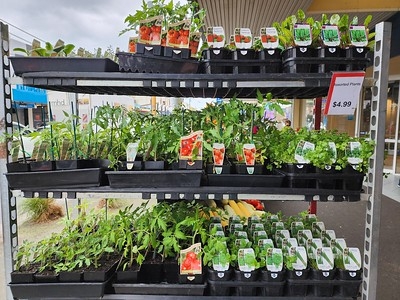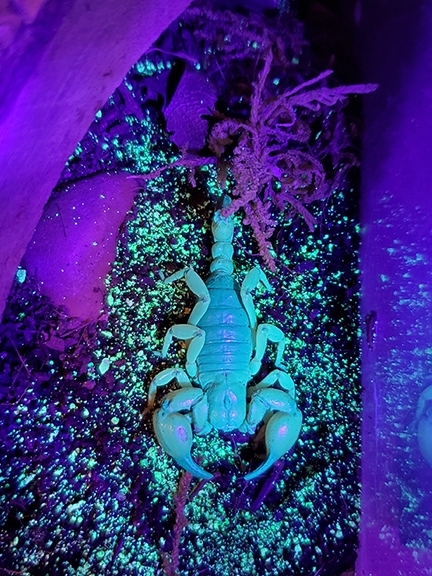- Author: Brianna Aguayo Villalon
- Editor: Lorrene Ritchie
- Contributor: Marisa M Tsai
The Special Supplemental Nutrition Program for Women, Infants, and Children, known as WIC, offers nutrition support to diverse populations. The Cash Value Benefit (CVB) for fruits and vegetables, is a key component of the WIC food packages that accommodates diverse cultural, racial, and ethnic preferences by offering flexibility in fruit and vegetable choices. In response to exacerbated health disparities and decreased food security during the COVID-19 pandemic, the US Department of Agriculture increased the CVB from $9 per month per child to the current amount of $26 per month per child. Study researchers assessed the impact of CVB augmentation on CVB redemption, household food security, fruit and vegetable intake, and satisfaction among participating caretakers in California's WIC program by race and ethnicity. A prospective cohort study across three survey waves from pre-augmentation to post-augementation among a diverse sample of participating caregivers was conducted. Study results demonstrated significant improvements in CVB redemption, household food security, and satisfaction across all racial and ethnic groups following the increases in CVB. Larger increases in satisfaction were found among non-Hispanic Black, and Hispanic English-speaking participants compared to other groups. Researchers suggest that continued augmentation of CVB, and further research into factors influencing CVB redemption and its effects on WIC participation could help improve health outcomes across the diverse WIC population. The study was conducted by Nutrition Policy Institute researchers Marisa Tsai and Lorrene Ritchie, Christopher Anderson, Shannon Whaley, and Catherine Yepez from Public Health Foundation Enterprises (PHFE)-WIC, and Lauren Au from the Department of Nutrition, University of California, Davis.
- Prepared by: Terry Lewis

Tasks
- When using herbicides for weed control, spray on a calm day and protect plants by shielding them with a large piece of cardboard.
- Learn to use the ‘Season Adjust' feature on your controller to make irrigation adjustments easier.
- Apply mulch to plantings for water retention. Mulch should be 3 to 4 inches thick. Don't allow mulch to accumulate against stems or trunks of plants.
Pruning
- Shape spring-flowering shrubs after bloom.
- Take 4-inch soft wood cuttings to propagate perennials, such as chrysanthemum, azalea, marguerite, lavender, aster and geranium.
Fertilizing
- Feed vegetables and lawns, but use care with lawns, as nitrogen encourages lush growth that requires more water.
- Fertilize deciduous fruit and nut trees with one third of the annual amount of fertilizer needed.
Planting
- This is the end of the spring planting season. Many annuals and vegetables can be planted from seed or transplanted. As temperatures rise, water new plantings.
- Perennials: coneflower (Echinacea), beard tongue (Penstemon), gloriosa daisy (Rudbeckia), plant from seed.
- Bulbs, corms, tubers: fairy lily (Zephyranthes).
- Fruits and vegetables: corn, pumpkin, squash, watermelon, plant from seed.
- Trees, shrubs, vines: bottlebrush (Callistemon), cotoneaster, solanum (potato vine).
- Annuals: globe amaranth (Gomphrena).
Enjoy now
- Annuals and perennials: dianthus, twinspur (Diascia), wallflower (Erysimum), California poppy (Eschscholzia).
- Bulbs, corms, tubers: squill (Scilla).
- Trees, shrubs, vines: Photinia, Spirea.
- Fruits and vegetables: snap peas, turnips, onions.
Things to ponder
- To cover 100 square feet of space with mulch 3 inches deep, you will need one cubic yard of trunk space.
- Use the least toxic chemical – water, insecticidal soap, Bacillus thuringiensis (Bt) or horticultural oils – for pest control.
- Author: Kathy Keatley Garvey

The UC Davis Department of Entomology and Nematology will not only celebrate insect and nematode diversity at Briggs Hall during the 110th annual UC Davis Picnic Day on Saturday, April 20, but also "The Diversity of Arachnids."
Doctoral student Emma "Em" Jochim of the Jason Bond lab is coordinating an exhibit she created last year to display the diversity of arachnids, such as vinegaroons, whip spiders, tarantulas, and scorpions.
"We'll have live animals and fact sheets that will give a general overview of their diversity, behavior, and habitat," Jochim points out. "I'll also bring some curated specimens to show what goes into creating a scientific collection and talk about why collections are important for understanding biodiversity."
Emma holds a bachelor's degree in biology, with a minor in geology and chemistry, from Millsaps College, Jackson, Miss., where she graduated summa cum laude. Her honors thesis: "Species Delimitation of Vaejovis Scorpions from the Santa Catalina Mountains Using Genetic, Morphological, and Geographical Data." While a student at Millsaps College, her outreach activities including sharing her knowledge of tarantulas, scorpions and vinegaroons at the Mississippi Museum of Natural Science.
At UC Davis, her advisor is Professor Jason Bond, the Evert and Marion Schlinger Endowed Chair of the Department of Entomology and Nematology; the director of the Bohart Museum of Entomology; and associate dean, UC Davis College of Agricultural and Environmental Sciences. He's also the president-elect of the American Arachnological Society.
What can you see at Briggs Hall during UC Davis Picnic Day? Cockroach races, maggot art, walking sticks, flies, ants, bees, nematodes, beetles, butterflies, mosquitoes and more. The UC Davis Entomology Graduate Student Association will be selling insect-themed T-shirts. (See news story)
Most Briggs Hall events are from 9 a.m. to 5 p.m., announced the co-chairs, doctoral student Grace Horne and forensic entomologist Robert Kimsey. This year the Bohart Museum of Entomology, part of the Department of Entomology and Nematology, will staff a pop-up tent in front of Briggs from noon to 4 p.m. The theme: "Bonding with the Bohart." Visitors can hold walking sticks and Madagascar hissing cockroaches from the Bohart's live petting zoo, and see insect specimens, including butterflies, bees, beetles and dragonflies. (The Academic Surge Building, home of the Bohart Museum, will be closed on Picnic Day).


